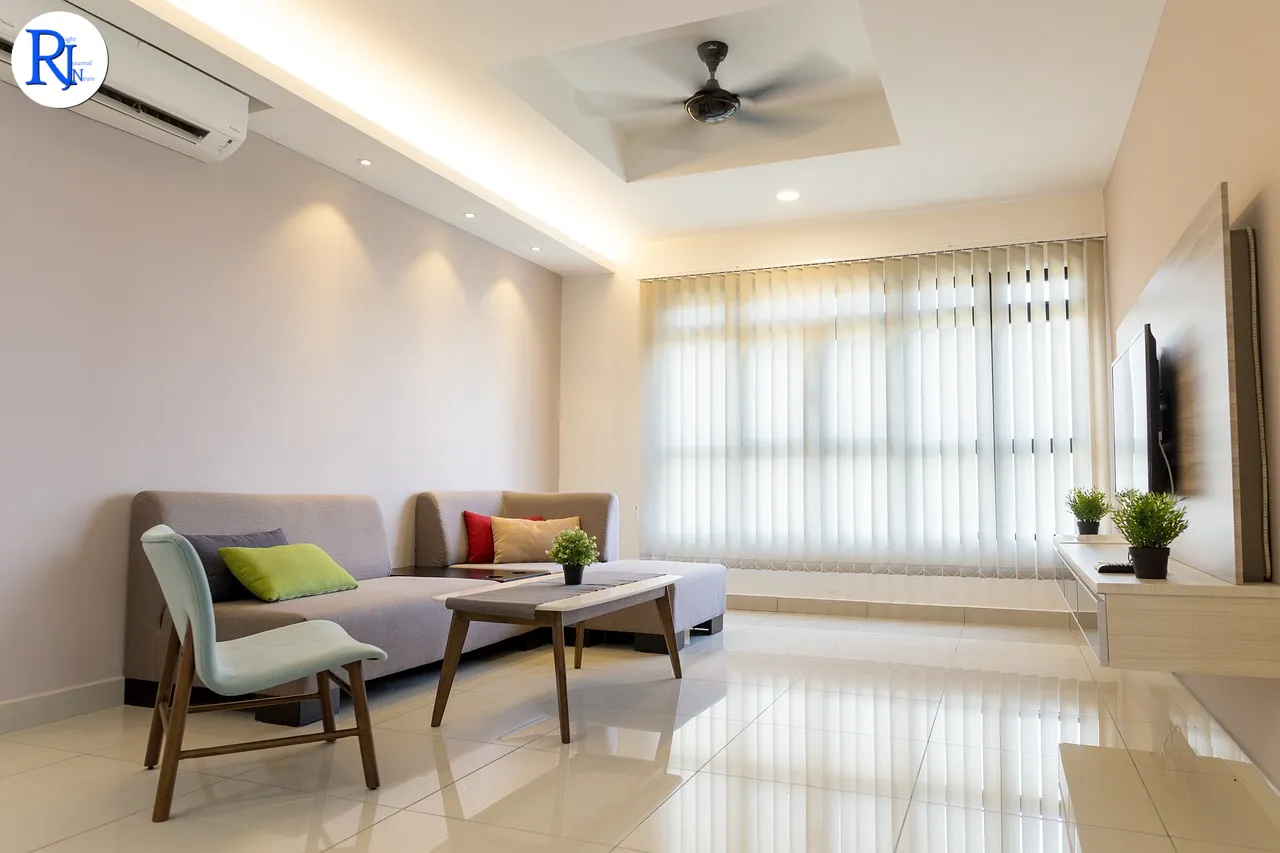Neutral colours often face criticism for being mundane or lacking excitement. However, in the realm of interior design, their understated elegance can prove to be a significant asset. With the ability to create a calm and versatile backdrop, neutral tones are essential for those aiming to craft a balanced and inviting home environment.
The Rise of Neutral Colours in Modern Interiors
In recent years, the popularity of neutral colours in home design has seen a significant resurgence. This trend is largely attributed to the growing preference for minimalist and Scandinavian styles, which emphasise simplicity and functionality. Neutral colours, such as beige, grey, and off-white, are central to these aesthetics, offering a sense of calmness and serenity.
Interior designers frequently recommend neutrals for their ability to adapt to various styles and personal tastes. “Neutral colours provide the perfect canvas for any room,” says Sarah Thompson, a renowned interior designer based in London. “They allow homeowners to express their individuality through accessories and furniture without overwhelming the space.”

The Psychological Impact of Neutrals
Beyond their aesthetic appeal, neutral colours have a profound psychological impact. Studies indicate that these hues can promote relaxation and reduce stress levels, making them ideal for creating a peaceful home environment. This calming effect is particularly beneficial in spaces intended for rest and rejuvenation, such as bedrooms and living areas.
Moreover, neutral tones can enhance the perception of space, making rooms appear larger and more open. This is especially advantageous in urban settings where space is often at a premium. By employing a neutral palette, homeowners can achieve a sense of spaciousness without the need for extensive renovations.
Versatility and Timelessness of Neutral Palettes
One of the most significant advantages of neutral colours is their timelessness. Unlike bold or trendy hues that may quickly become outdated, neutral tones remain stylish and relevant regardless of changing design trends. This enduring appeal makes them a safe investment for those looking to maintain a chic and cohesive home aesthetic over time.
Neutral colours also offer unmatched versatility. They seamlessly blend with various materials and textures, from natural wood and stone to sleek metals and glass. This adaptability allows homeowners to experiment with different design elements without the risk of clashing colours or styles.
Expert Tips for Incorporating Neutrals
For those considering integrating neutral colours into their homes, experts suggest starting with a base of neutral walls and floors. This foundation provides a cohesive backdrop, allowing for easy updates with seasonal decorations or changes in personal style. “Layering textures is key when working with neutrals,” advises Emily Carter, an interior stylist from Manchester. “Incorporate different fabrics, such as wool, linen, and velvet, to add depth and interest to the space.”
Additionally, incorporating natural elements like plants and wooden furniture can enhance the warmth and earthiness of neutral tones. These elements create a harmonious balance, preventing the space from feeling sterile or impersonal.
The Future of Neutral Colours in Home Design
As we look towards the future, the role of neutral colours in home design is expected to grow even further. With a continued emphasis on sustainable and eco-friendly living, the understated elegance of neutrals aligns perfectly with these values. Their ability to complement natural materials and promote a tranquil atmosphere makes them a preferred choice for environmentally conscious homeowners.
Furthermore, the flexibility of neutral colours ensures they will remain a staple in interior design, adapting to new trends and innovations while maintaining their classic appeal.
In conclusion, neutral colours are far from dull or uninspiring. Their ability to transform spaces, promote relaxation, and adapt to various styles makes them an indispensable tool in the world of interior design. Embracing neutrals can lead to a home that is both timeless and uniquely reflective of one’s personal taste.

